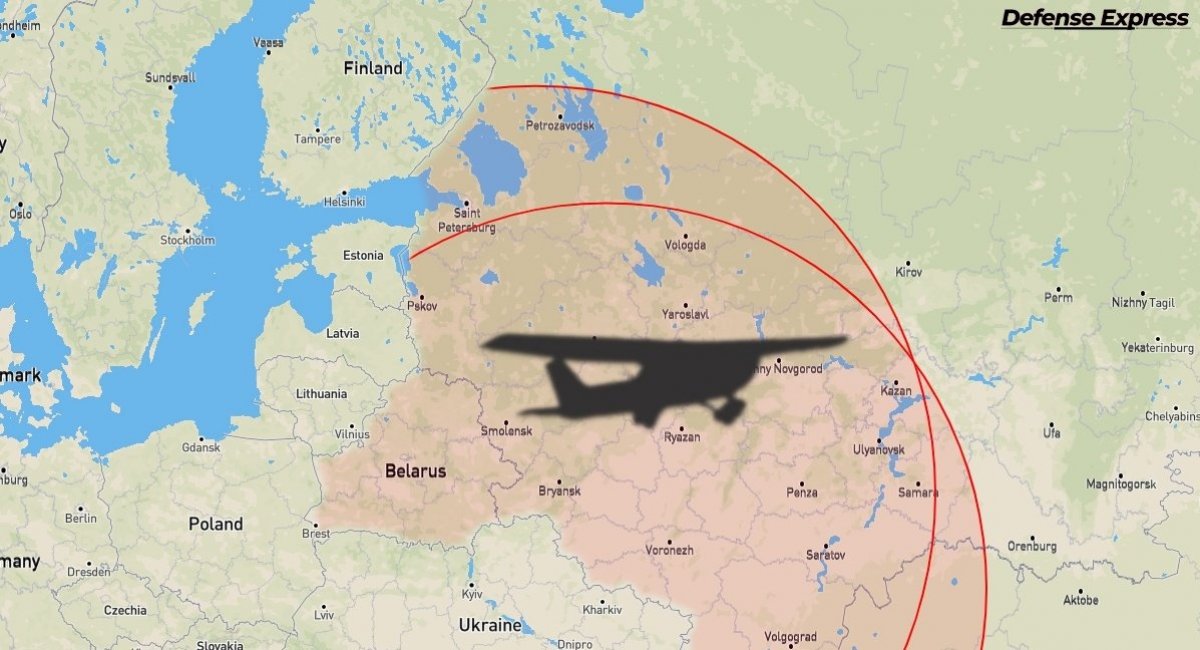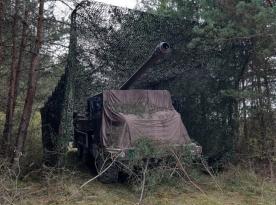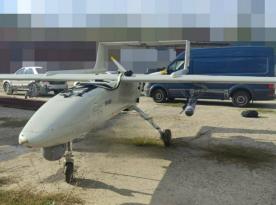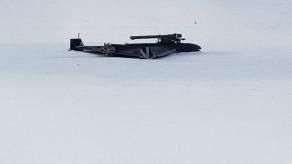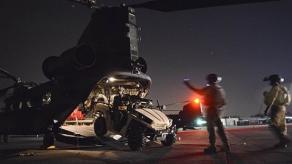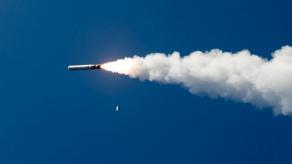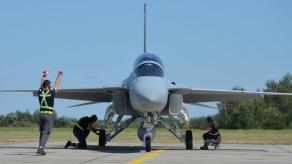The successful attack on the production facility of Shahed drones and the oil refinery of Taneco joint-stock company in russia's Tatarstan at a range of more than 1,200 kilometers allows to draw three key conclusions about Ukraine's new capabilities in long-range strikes.
At the moment, the main thing is the range, because reaching russian objects beyond the Volga river is a completely new level. But it should be noted that this range is obviously longer. Because such drones are not sent in a straight line, but along a complex route to avoid russian air defense. But in any case, the minimum geography of strikes now looks like this:
Read more: Ukrainian Warriors Destroy One of the Most Expensive russian Forpost UAVs Over the Black Sea
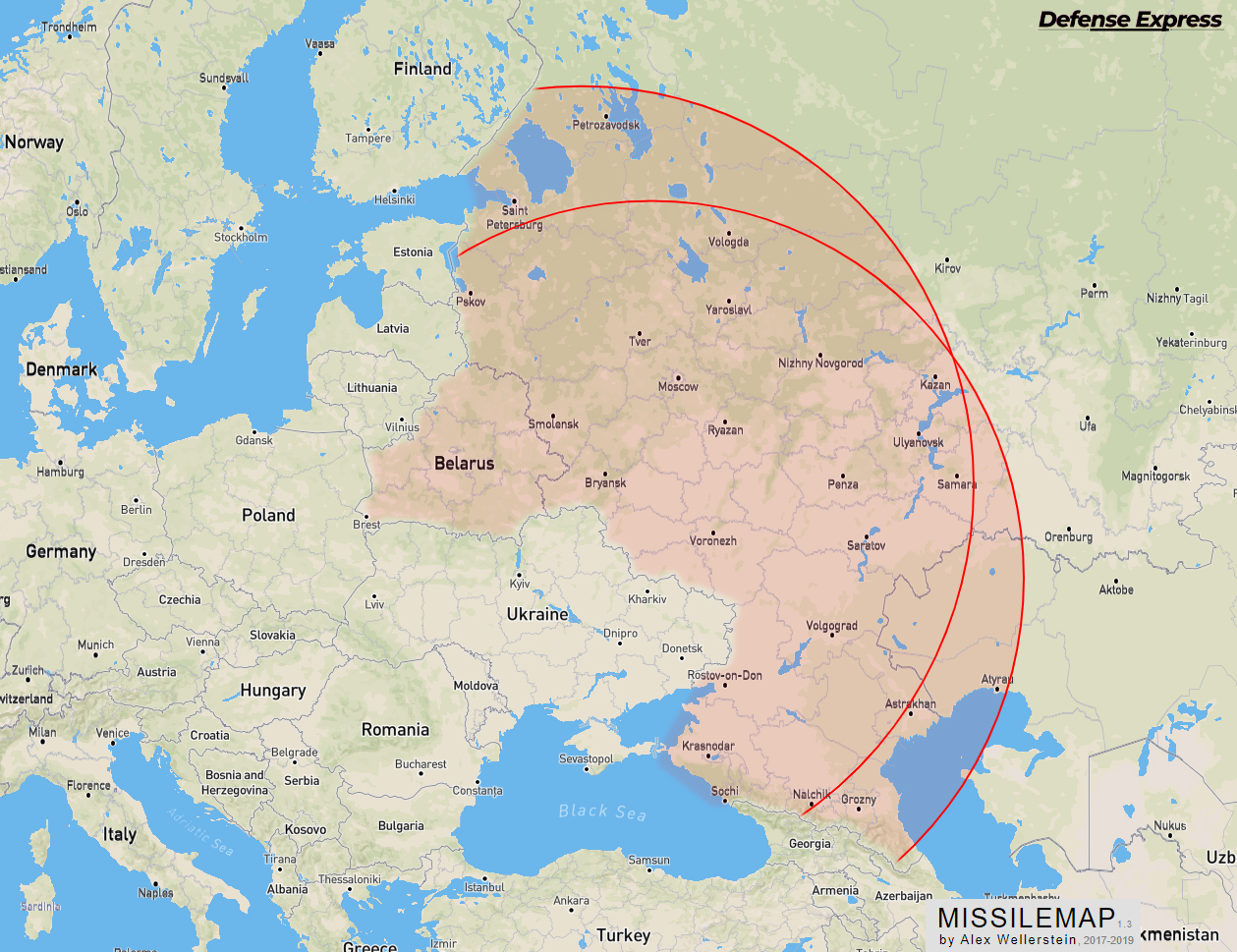
But it is not just about the range. Another factor is that these drones are much larger than, for example, the Lutyi drone, with a warhead weight of 50 kg.
All things considered, it is about drones that compline with the size of small aircraft, such as the Cessna 172 civil utility aircraft. This bestseller in the world of small aircraft has a range of 1300 km and can carry 376 kg. So, there is an obvious opportunity to equip such a drone with much more powerful warhead, which will lead to greater consequences as a result of a hit.
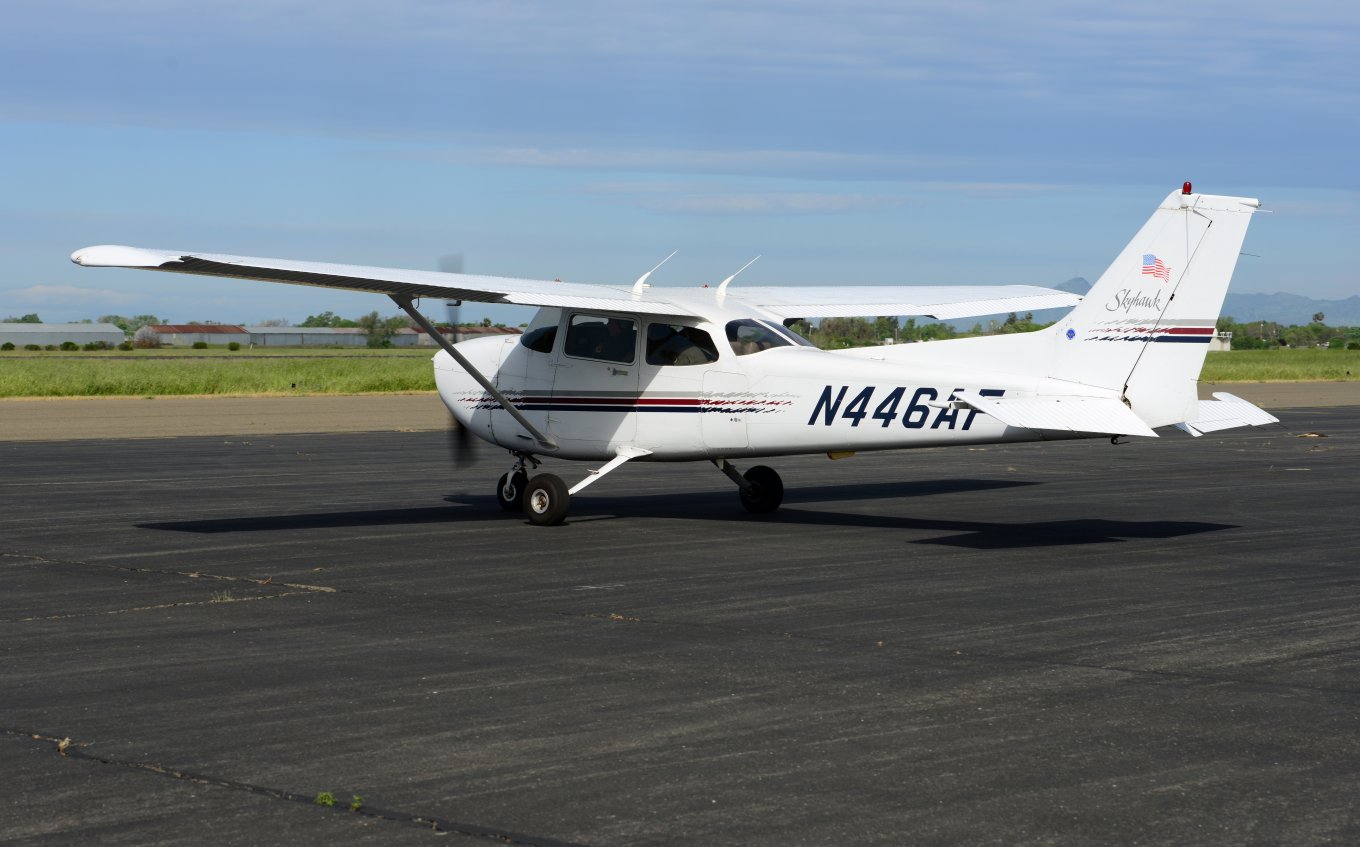
The Lutyi was perfectly chosen to hit such typical target as oil refineries. They can be disabled by UAVs with small warhead. But to effectively destroy industrial production facilities, it is necessary to have greater capabilities. In particular, a cruise missile such as the Tomahawk now uses a warhead weighing 317 kg, while before it weighed 454 kg.
But in addition to the range and weight of the warhead, there is another factor that is very important. The drone flew over 1,200 kilometers, and it was not intercepted, as well as hit a facility that was supposed to be covered by russian air defense. It must be mentioned that in 25 kilometers from the site of the strike there is KAMAZ plant, the largest manufacturer of trucks in russia, including the main ones for russian army. And Nizhnekamskaya HPP is 20 kilimeters away.
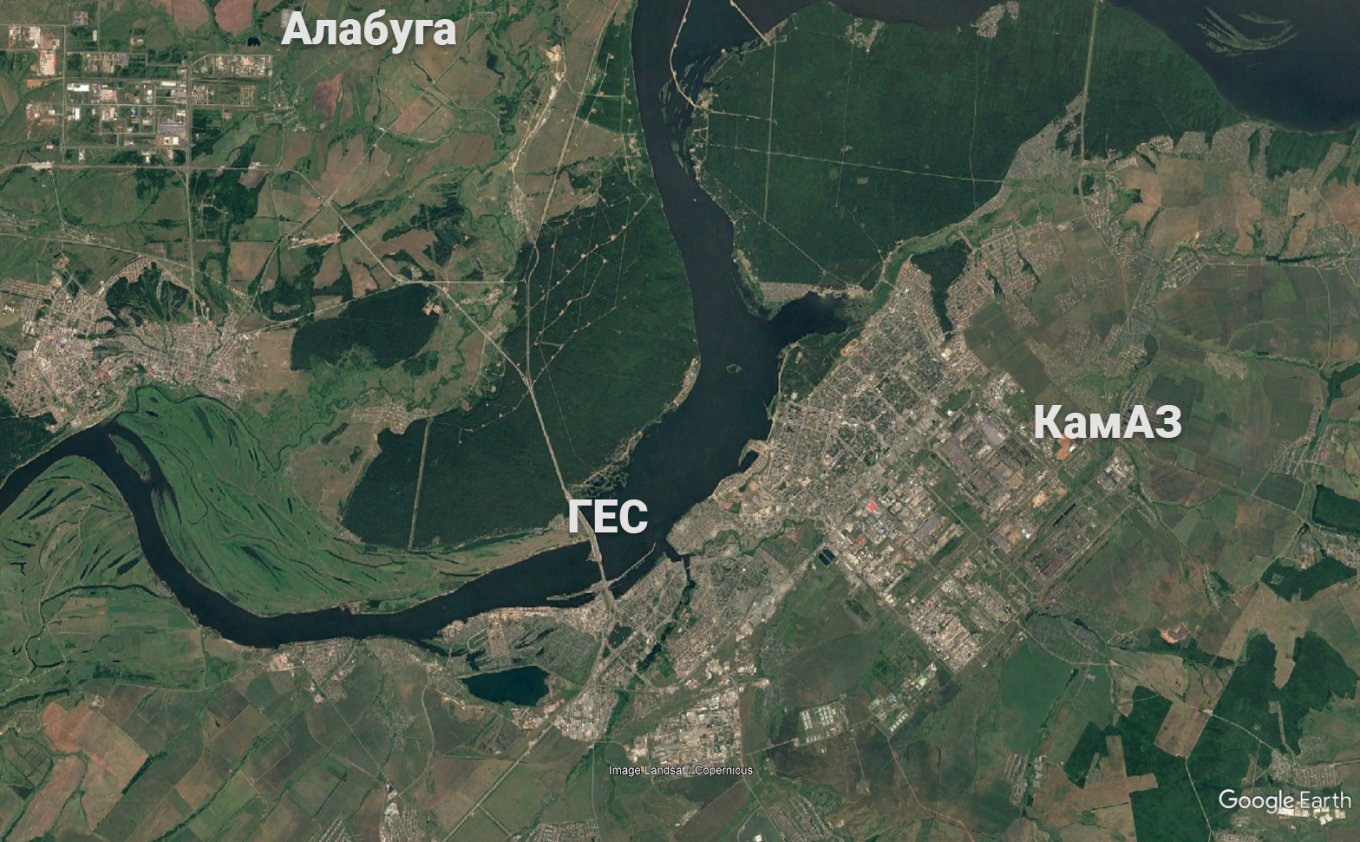
So, there are three facilities in one district at once. They had to be fully covered by air defense. This means only one thing: russia has no opportunity to protect even such group facilities from attacks.
Thus, the combination of the possible size of the warhead, the range, and the vast of unprotected territory in the depths of the russian federation, from the Caspian Sea coast to Kazan and Lake Onega, opens up completely new horizons for attacks on various targets. Even taking into account russia's attempt to copy mobile air defense fire groups to repel drone attacks.
Earlier Defense Express reported about weapon that Ukraine had needed to destroy russian railroad from Rostov to Crimea.
Read more: Ukraine Steadily Building Up Its Arsenal of Domestic UAVs, Missiles for Strikes Against russia




